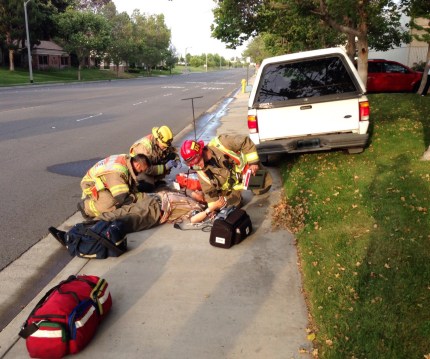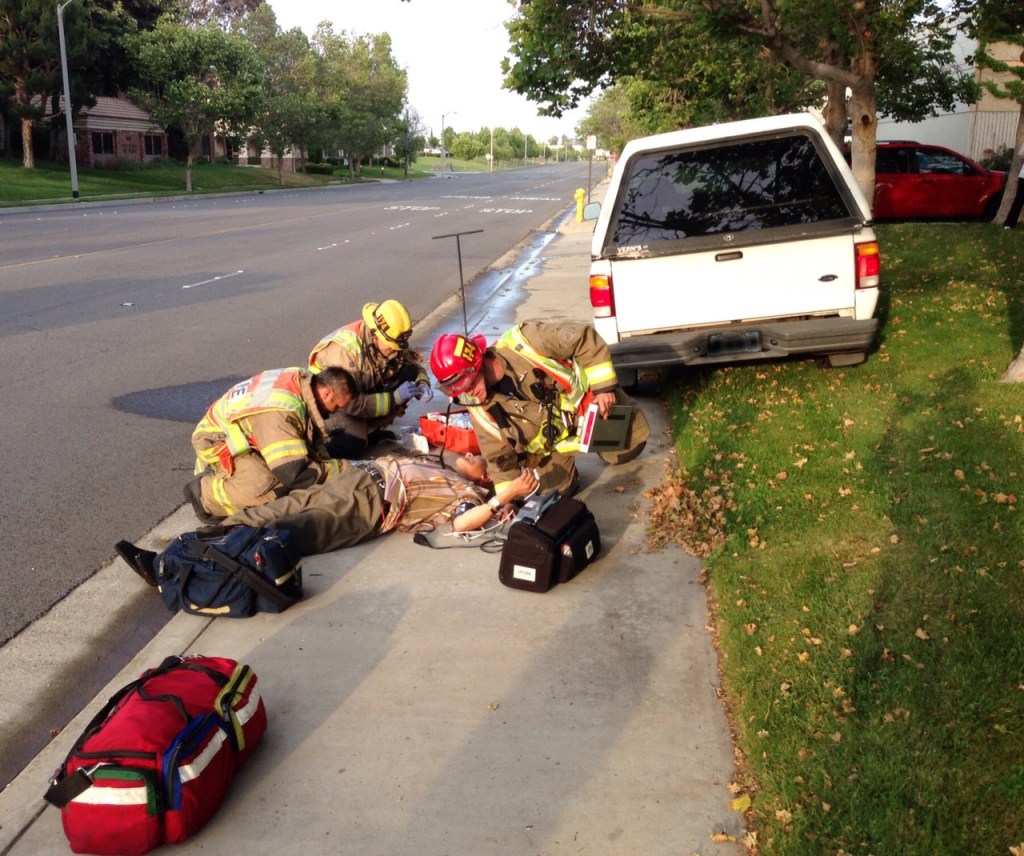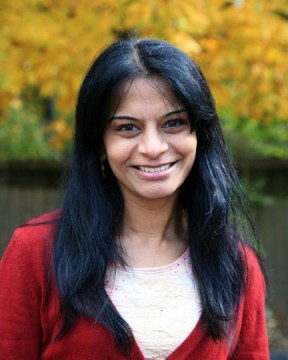
Editor’s note: Diabetes is taking an increasing toll in Georgia.
From 1995 to 2010, Georgia experienced a 145 percent increase in its rate of diabetes. About 10 percent of Georgians have been diagnosed with the disease, and there are thousands of undiagnosed cases in the state, according to experts.
In a new GHN Commentary, Dr. Nazeera Dawood, the health promotion program manager for the Fulton County Department of Health and Wellness, discusses diabetes’ effect on her own family and her campaign to reduce the disease’s burden.
Below is Dawood’s Commentary:
Diabetes sneaked into my family when I was 4 years old. Decades later, the disease transformed my own career.
One evening, while my mom was preparing rice and lentil curry (sambhar) for dinner in our small town of Dindigul, India, my dad walked into the house with a serious look on his face.
My dad told me, my sisters and my mom that his life would be forever changed because he had just returned from the doctor and received the test results from his checkup. My dad was hardly 30 years old, so I assumed that it could not be anything major.
But I was wrong: He said that he had diabetes.
I knew that my own father could potentially become another victim of this illness, losing his life as so many others had.
Well, I overheard my parents having a long conversation about lifestyle changes he would have to abide by. I was worried and wondered if he had a strong enough will to transform himself to lead a healthy lifestyle and be responsible to raise a family. For all of his life in a small town in India, he had eaten a diet heavy in rice, starches, carbohydrates and sugars.
Could he change? I did not know if he could do it.
As the months passed, I noticed a transformation in my dad. He woke up early in the morning and practiced yoga and took morning walks through the woods. He reduced his consumption of rice and sugary products.
When I was 7, I joined him. We did headstands and performed deep breathing exercises with eyes closed for half an hour every day.
I learned from him that diabetes can lurk for years. Hence, proper prevention education and early screening are vital to the early diagnosis of diabetes.
That was then. Now, he is in good health and leading an active, healthy lifestyle because he made some drastic changes in his life.
And three decades later, as a public health professional, I seem to be discussing the same lifestyle changes with the community members in Georgia.
Although it is referred to as sugar disease, diabetes is not sweet. It causes bitterness from head to toe. This is exactly what I experienced treating patients with diabetic complications in a rural hospital in Dindigul, India.
It was sad and frustrating to watch as their complications accrued. I saw them have their legs or toes amputated. I watched them go blind.
There was so such misery and ignorance about the illness.
Somehow, the health system was failing these people. They needed to hear the message of prevention.
Diabetes transformed my career path from a practicing physician treating illnesses to a public health practitioner advocating for wellness. My purpose in this world, I grew to realize, was to advocate for prevention rather than treat complications.
I moved from India to the United States, and as a public health practitioner providing the public health perspective on a public health epidemic, I try to shine the light on diabetes every day. We do not have to wait for Diabetes Alert Day or a health observance day to spread the message of diabetes prevention.
You may ask how bad the diabetes epidemic is. Globally, China ranks No. 1, with 90 million people living with diabetes. India is second, with 61 million people, and the U.S. is third, with 26 million diabetics.
Diabetes is not an epidemic, but in fact a tsunami.
I am not going to sit here and beat around the bush, but call it as it is. We — health care providers and health care recipients — need to join forces, plan and move away from our silo mentality. We need to develop a common vision, a vision we all agree upon. Whether you consider yourself at risk or not, every family needs to wage a war on diabetes, and it is all about being prepared. We need to wake up, we need to change the way we think and act when it comes to diabetes. We need to take this disease seriously.
What can you do to bring down the diabetes trend? As much as early screening and diagnosis are critical to successful treatment and delaying complications, empowering individuals with prevention knowledge is important. That includes young children. Nutrition education should start in early childhood. And so should physical activity.
It is not just about individual behavioral changes, but also societal changes. Helping to change the food economy — such as moving away from high fructose corn syrup, soda and soft drinks — is important. We need parents to push for school vending machines that offer healthy choices. The same goes for offices.
We have all the resources; now we need to use them. How do we start with gaining the city first and then county by county?
We have to be smarter than diabetes. We know we cannot do it alone, but together we can. Let us join forces and win this battle against diabetes.
Dr. Nazeera Dawood has a master’s degree in Public Health from the University of North Carolina at Chapel Hill and a medical degree from Bangalore University in India. Dr. Dawood directs the activities of seven health promotion coalitions formed to address major chronic diseases in Fulton County. Under her leadership, Fulton County chronic disease collaborative partnerships have grown to more than 400 businesses, organizations and individuals.


